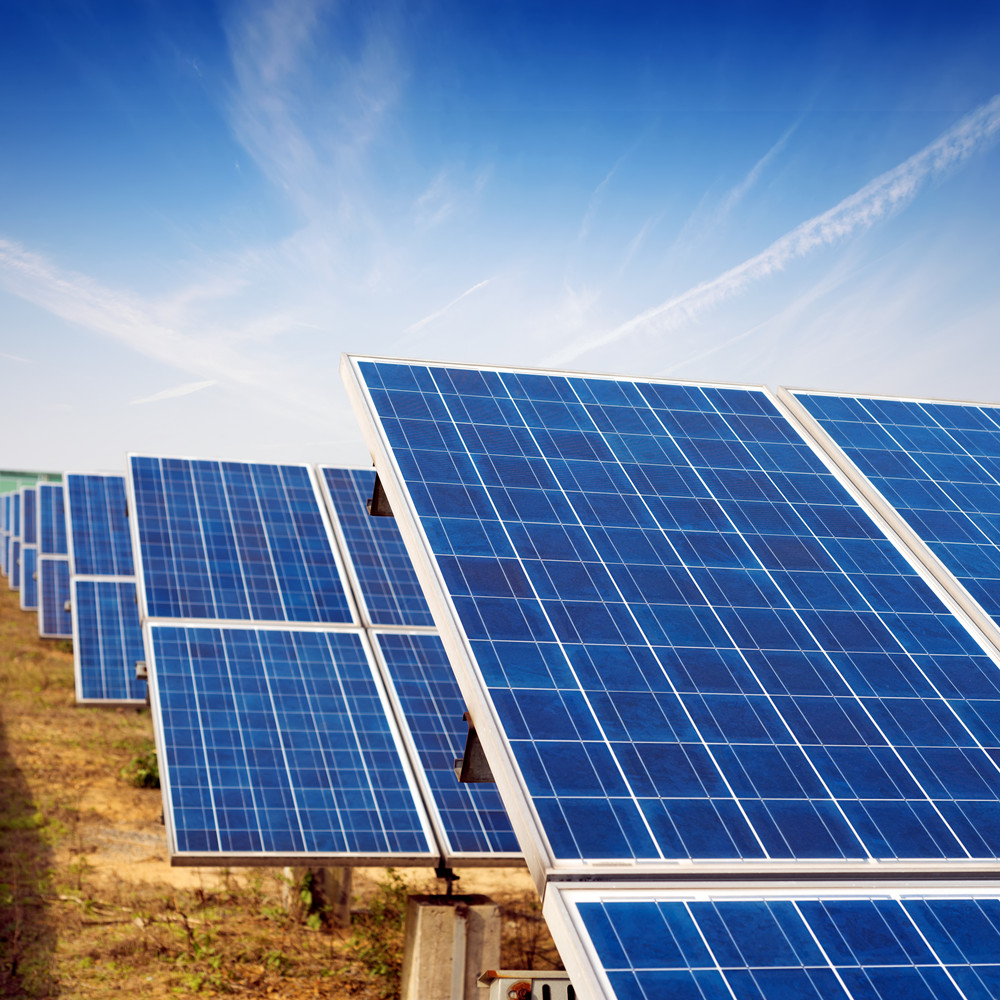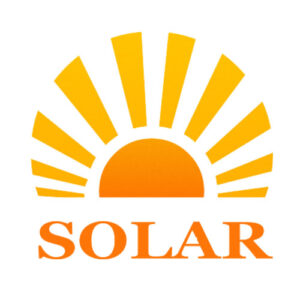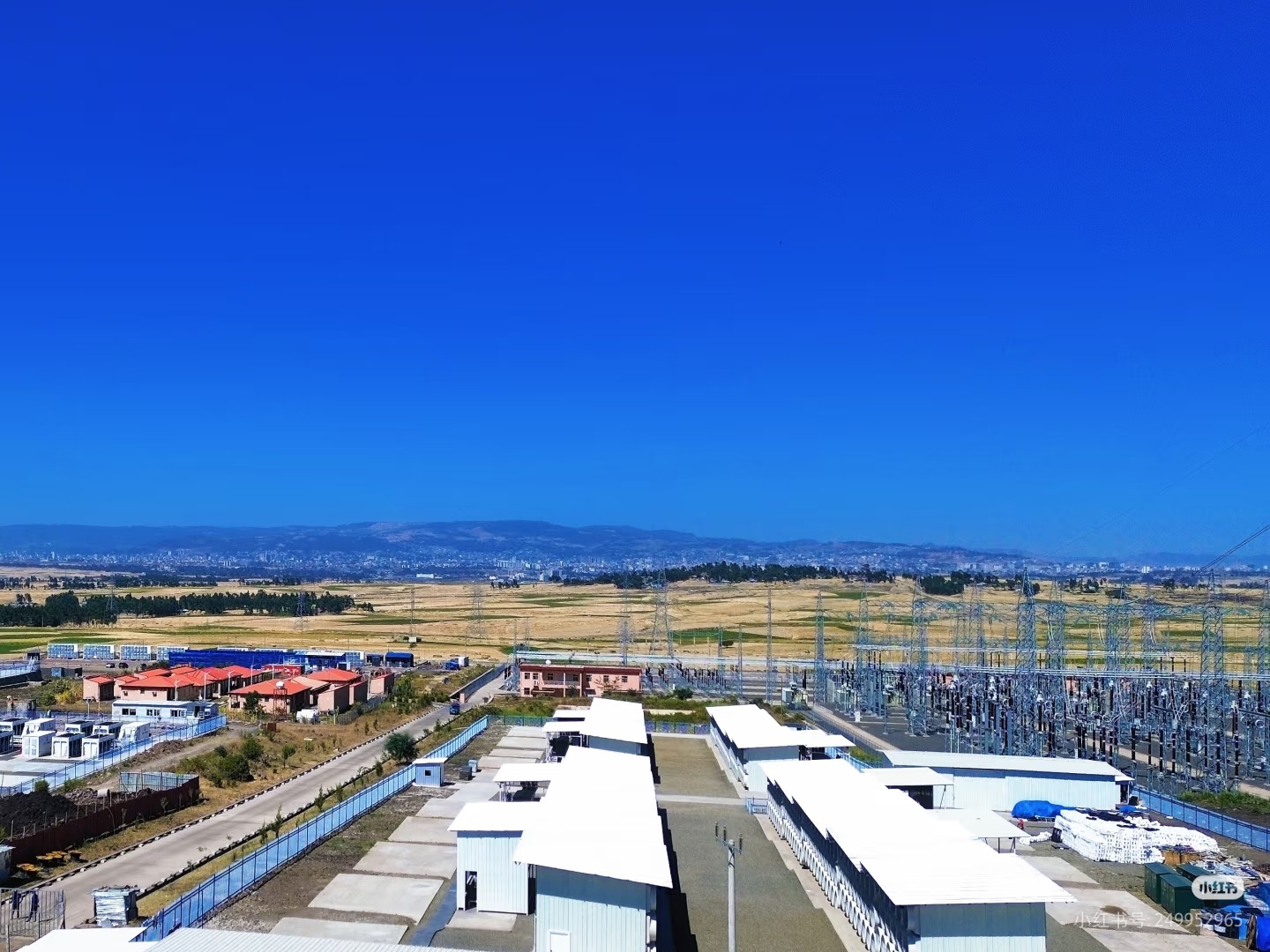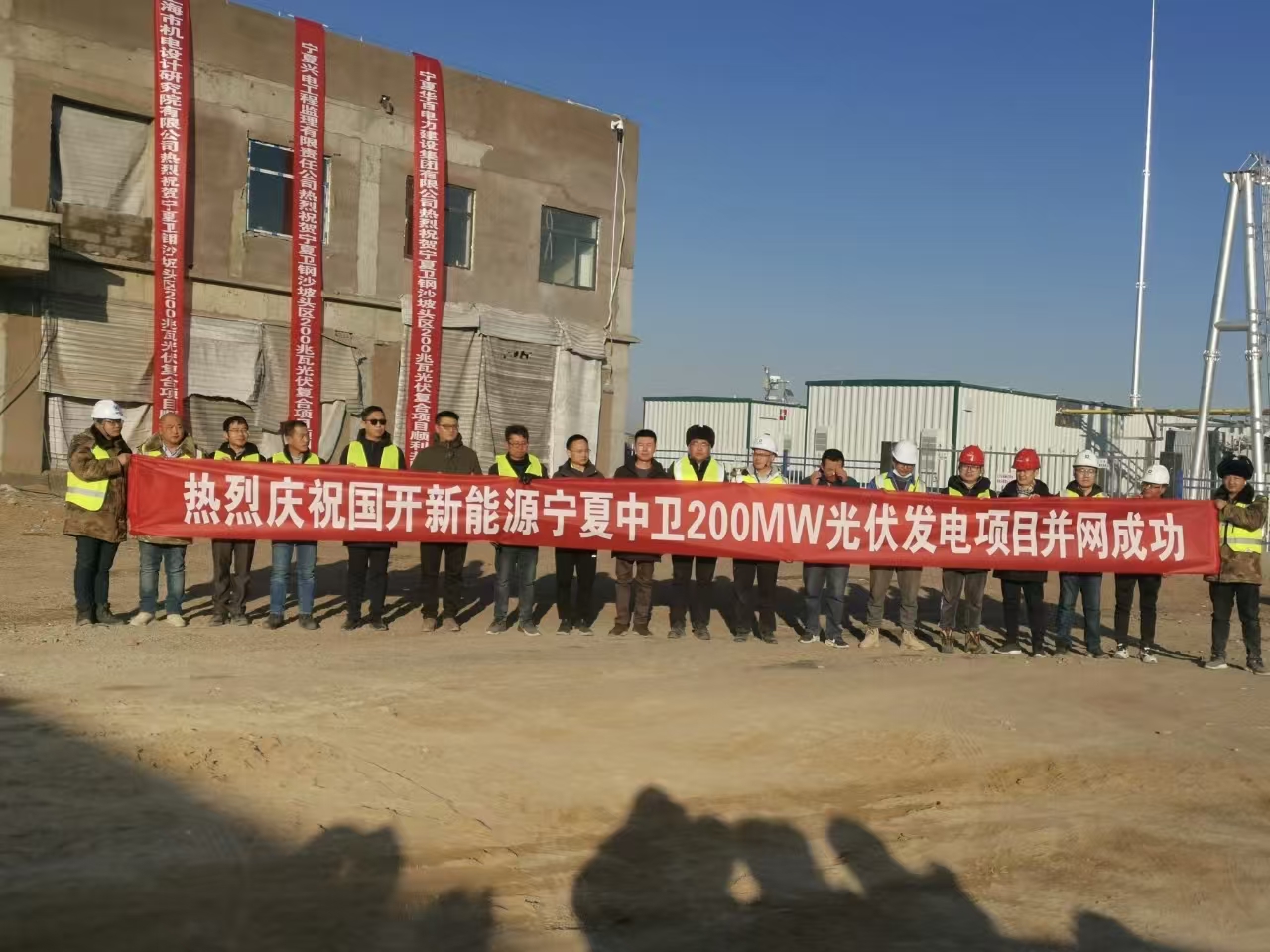As the world moves toward sustainable energy, solar power plants and wind farms stand out as leading renewable energy options. But which is more efficient? This article dives into their mechanisms, efficiency factors, environmental impacts, costs, and scalability to determine the better choice.
Overview of Renewable Energy Sources
Renewable energy sources, such as solar and wind, harness natural phenomena to generate power. Unlike fossil fuels, these sources are abundant and emit minimal greenhouse gases, making them essential for combating climate change.
The urgency of transitioning to clean energy stems from the growing threat of global warming and the need for sustainable development. Both solar and wind energy have become central to this movement, but their efficiency often depends on various conditions.
Solar Power Plants: How They Work
Photovoltaic (PV) Cells Explained
Solar power plants primarily use PV cells to convert sunlight into electricity. These cells contain semiconductor materials, such as silicon, which absorb photons from sunlight, releasing electrons and generating an electric current.
Concentrated Solar Power (CSP) Systems
CSP systems use mirrors or lenses to concentrate sunlight onto a small area, producing heat to drive turbines and generate electricity. While more efficient in sunny climates, CSP requires significant infrastructure.

Wind Farms: How They Work
Basics of Wind Turbines
Wind turbines convert kinetic energy from wind into mechanical power, which is then turned into electricity. Large blades capture wind energy, spinning a rotor connected to a generator.
Horizontal-Axis vs. Vertical-Axis Turbines
Horizontal-axis turbines, the most common type, require strong, steady winds, whereas vertical-axis turbines can operate in varying conditions but are less efficient.
Efficiency in Renewable Energy
Efficiency measures how effectively a system converts energy from its source into usable power. It varies based on geographic conditions, technology, and maintenance. Comparing the efficiency of solar and wind systems requires understanding their unique dynamics.
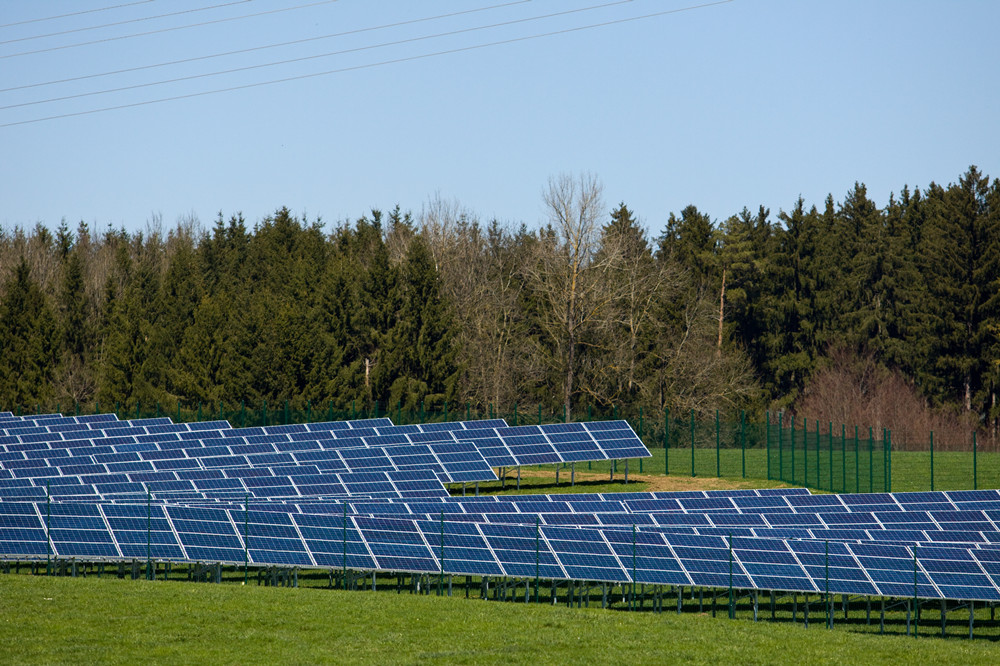
Solar Power Plants: Efficiency Factors
- Geographical Location and Solar Intensity
Efficiency depends on sunlight availability. Regions closer to the equator typically benefit from higher solar intensity. - Efficiency of PV Cells and CSP Systems
Advances in PV technology, like multi-junction cells, have improved conversion rates to over 40%. CSP systems excel in large-scale applications but are less effective on cloudy days. - Maintenance and Upkeep Costs
Solar panels require minimal maintenance but can degrade over time, reducing efficiency slightly.
Wind Farms: Efficiency Factors
- Wind Speed and Consistency
The ideal location for wind farms is where consistent winds exceed 15 mph. Wind variability can significantly impact power output. - Turbine Technology and Placement
Modern turbines with advanced materials and designs can operate in a broader range of conditions, improving efficiency. Proper placement avoids turbulence and maximizes performance. - Maintenance Challenges
Wind turbines require frequent maintenance due to wear from constant movement, particularly in offshore installations.
Environmental Impact: Solar vs. Wind
- Land Use and Habitat Disruption
Solar farms require vast open spaces, potentially displacing vegetation and wildlife. Wind farms, though less land-intensive, can disrupt bird and bat populations. - Resource Extraction for Manufacturing
Both systems rely on rare earth materials, but solar panel production generates more waste compared to wind turbine manufacturing. - Impact on Wildlife
While solar panels have minimal wildlife interaction, wind turbines pose risks to flying animals.
Cost Comparison: Solar vs. Wind
- Initial Installation Costs
Solar power is generally cheaper to install per kilowatt-hour than wind power, particularly for smaller systems. - Operational and Maintenance Costs
Solar systems have lower operational costs due to fewer moving parts, while wind turbines require regular servicing. - Return on Investment
Both systems offer long-term savings, but the ROI often depends on location and government incentives.
Scalability and Versatility
Solar energy is ideal for urban areas due to its adaptability for rooftops, while wind farms are better suited for rural or offshore locations. Combining both systems can create hybrid solutions that maximize output.
Intermittency and Reliability
- Solar
Solar power is dependent on daylight and weather, making it less reliable at night or during overcast conditions. - Wind
Wind energy is highly variable, requiring backup systems or storage to ensure continuous supply.
Grid Integration and Storage Options
Energy storage systems like batteries help mitigate intermittency issues for both solar and wind. Integrating these sources into the grid can be challenging but is vital for widespread adoption.
Advancements in Technology
Technological innovations are enhancing efficiency. For instance, bifacial solar panels capture light from both sides, and floating wind turbines unlock new locations for energy generation.
Real-World Examples of Solar and Wind Projects
- Solar Farms: The Noor Ouarzazate Solar Complex in Morocco exemplifies large-scale solar efficiency.
- Wind Farms: The Walney Extension in the UK showcases offshore wind’s potential to supply clean energy.
Future of Solar and Wind Energy
Market predictions suggest exponential growth for both sectors, driven by declining costs and supportive policies. Renewable energy targets by governments worldwide will further boost adoption.
Which is More Efficient? Key Takeaways
While solar power generally achieves higher efficiency in sunny climates, wind energy is more reliable in regions with strong, steady winds. The best choice depends on local conditions, budget, and energy goals.
Frequently Asked Questions (FAQs)
- Which is cheaper to install, solar or wind energy?
Solar power systems typically have lower upfront costs than wind turbines. - Which is more efficient overall?
Efficiency varies by location—solar excels in sunny regions, while wind performs better in windy areas. - What are the environmental impacts of each?
Solar farms occupy more land, while wind farms can disrupt bird populations. - Can both systems work together?
Yes, hybrid systems combining solar and wind optimize energy production. - How do maintenance costs compare?
Solar systems have lower maintenance costs compared to wind turbines. - Which is more scalable?
Solar energy is more scalable for urban areas, while wind suits rural and offshore settings.

